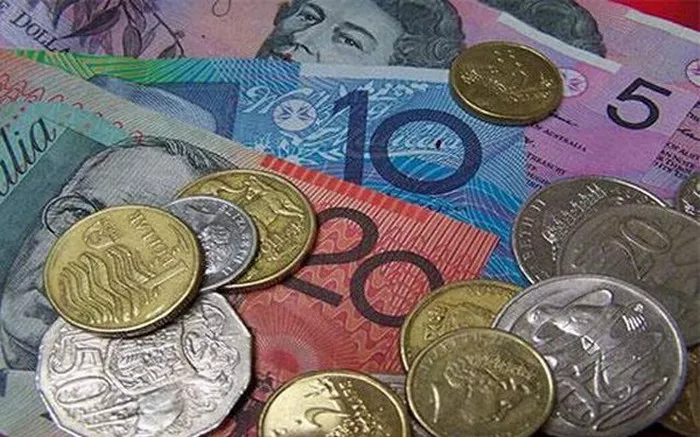The Australian dollar (AUD) continues to fall despite the Reserve Bank of Australia raising interest rates by 25 basis points on Tuesday. AUD/USD remained lower as U.S. bond yields strengthened, boosting the dollar’s rebound from two-month lows.
After holding steady for four consecutive meetings, the Reserve Bank of Australia resumed tightening policy and raised the official cash rate (OCR) from 4.10% to 4.35%. The RBA’s decision to take this step may be a reaction to recent consumer price index (CPI) data, which showed a stronger-than-expected rise in inflation in the third quarter. In addition, Australia’s seasonally adjusted retail sales in September exceeded expectations.
Investors are likely to pay close attention to Reserve Bank of Australia Governor Bullock’s commitment to a hawkish stance in the near term, which suggests that the Reserve Bank of Australia may raise interest rates in the future. In addition, major Australian banks such as ANZ, the Central Bank of Australia (CBA), Westpac and National Australia Bank (NAB) have adjusted their forecasts for the Reserve Bank of Australia to raise interest rates in response to a pickup in inflation and the Hawkish comments from Reserve Bank policymakers.
China’s October trade balance data showed a narrowing surplus, in line with market expectations for an improvement. Exports (annual rate) experienced a relatively large decline, which exceeded expectations and exceeded previous declines.
The U.S. dollar index recovered from a seven-week low as U.S. Treasury yields rose. The 10-year U.S. Treasury yield rebounded from a six-week low hit on Friday. In addition, Minneapolis Federal Reserve President Nir Kashkari expressed caution about monetary policy in an interview with the Wall Street Journal on Monday.
Governor Kashkari has tended to err on the side of caution, saying he would rather tighten too much than risk inflation falling short of the central bank’s 2% target.


